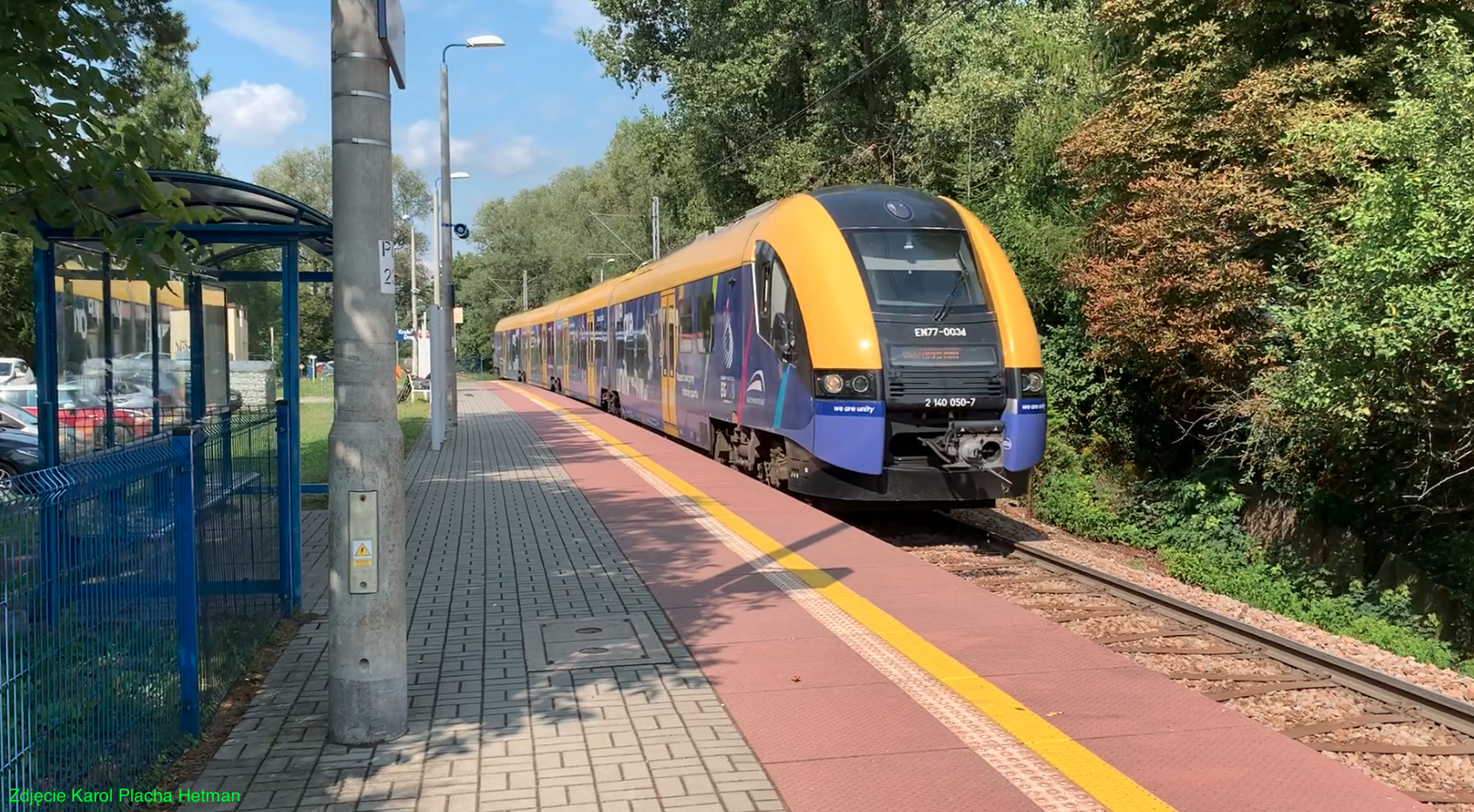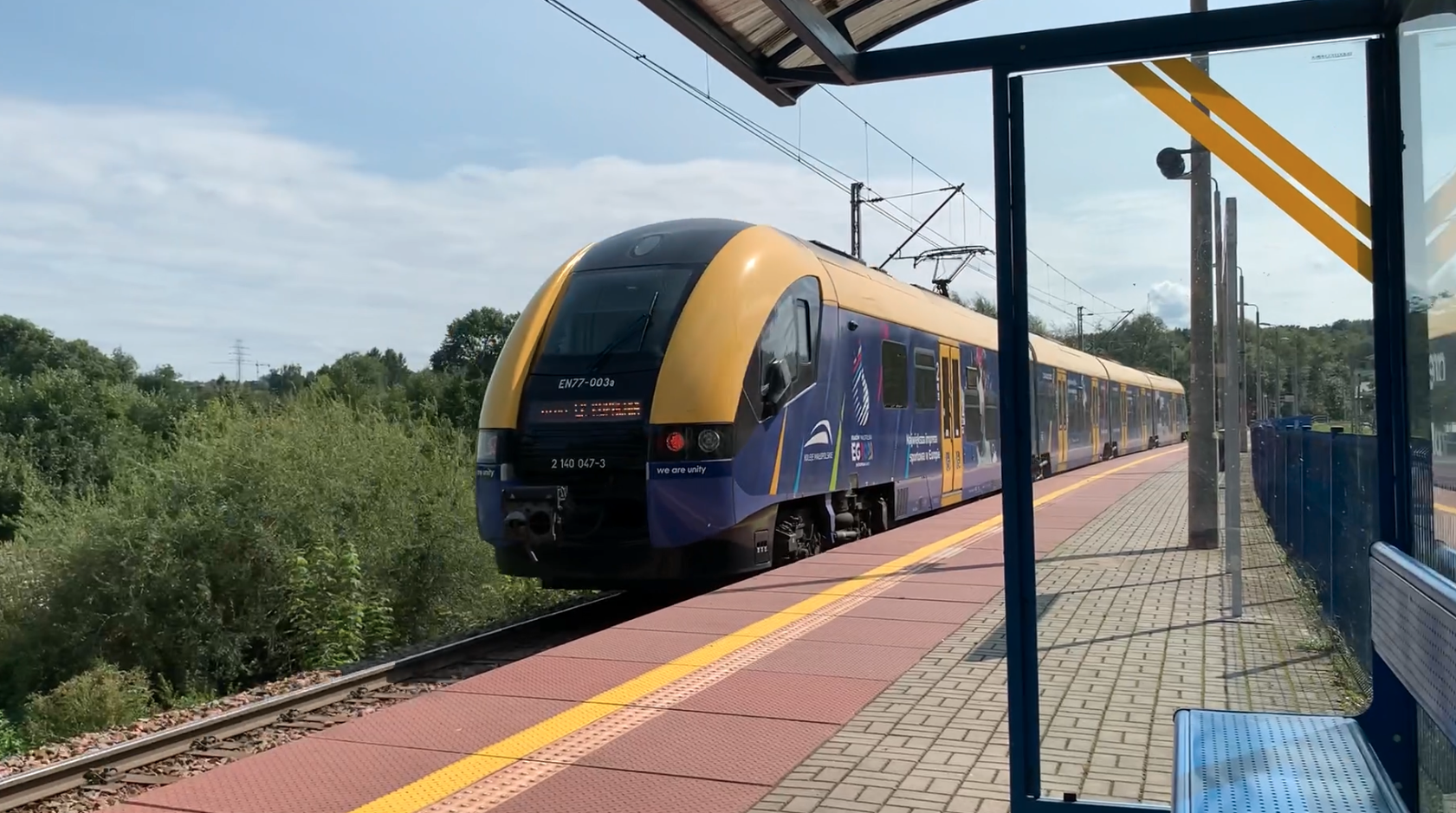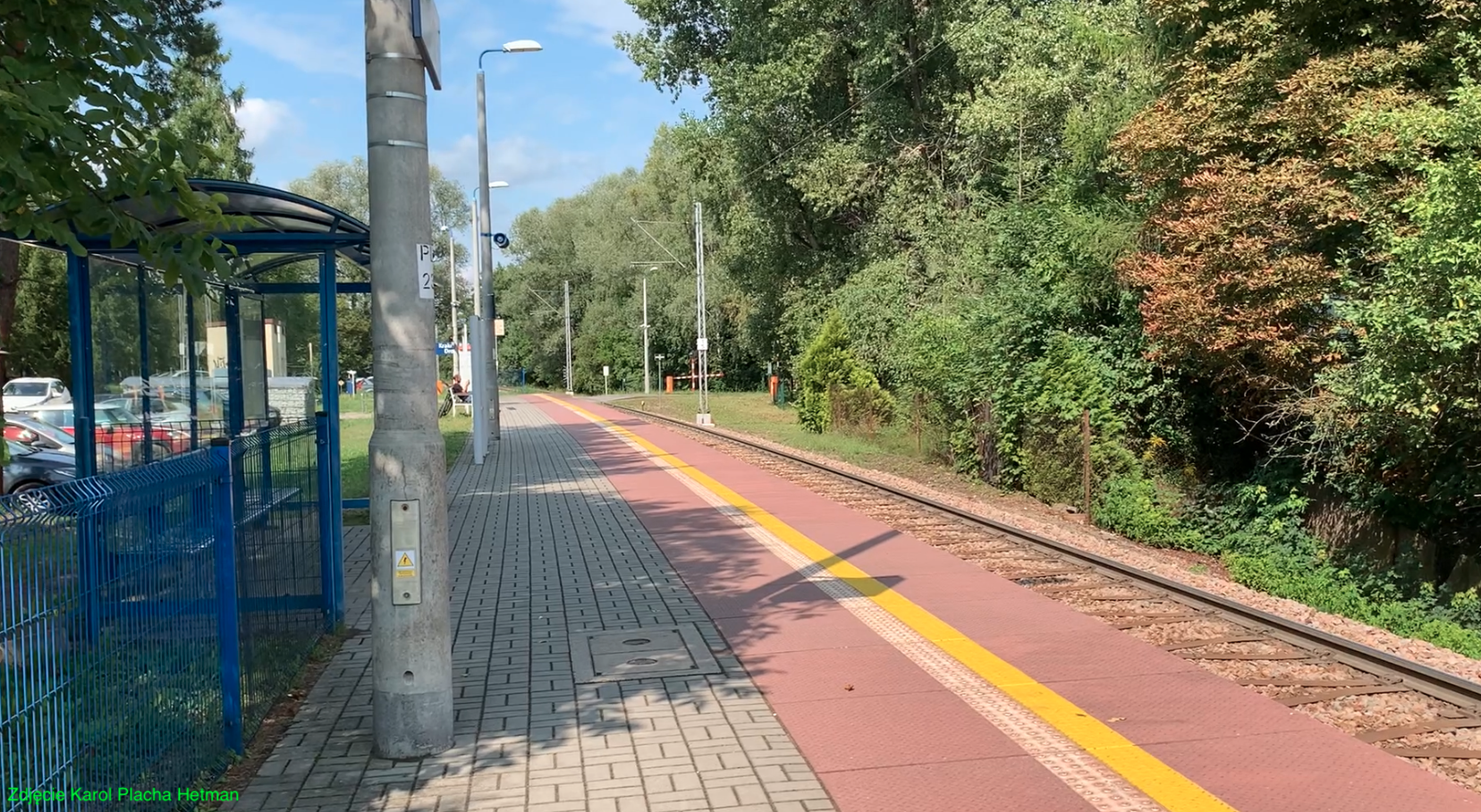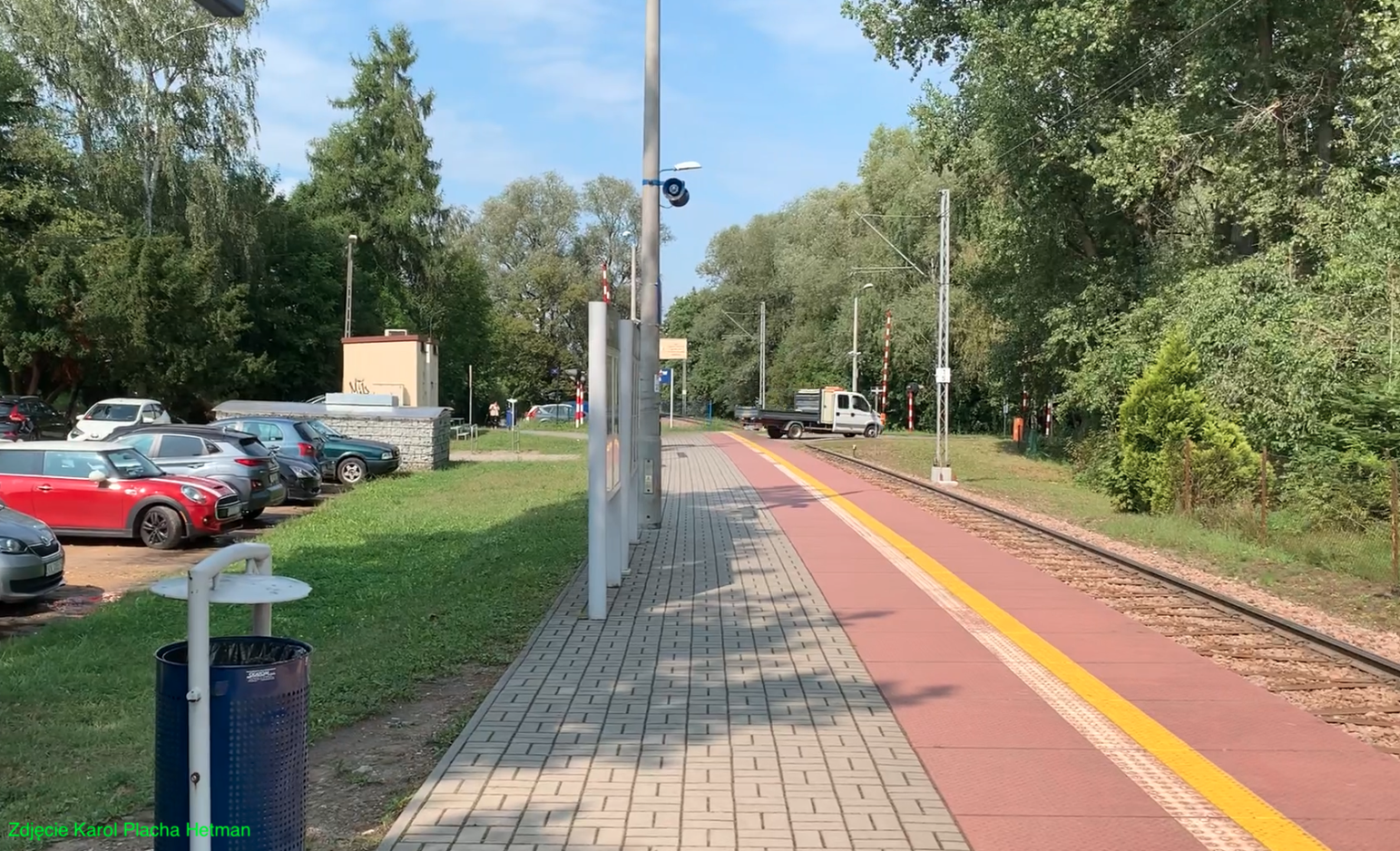Kraków 2023-09-15
PKP Kraków Bieżanów Drożdżownia.
Geographic coordinates: 50.011N 20.035E.
The Bieżanów Drożdżowania station was put into operation in 1932, next to the existing Kraków - Wieliczka railway line. At that time, Bieżanów was not within the city limits of Kraków. When the Germanic army and the Muscovites attacked the Republic of Poland, the Germanic occupation authorities significantly expanded the area of the city of Krakow. Then the station was named Krakau-Biezanow-Drozdzownia. Just after the end of the war, the station again received its pre-war name Bieżanów Drożdżowania. The word Kraków was added to the station name on June 3, 1973.




In the 1930s, a railway station was built at the Bieżanów Drożdżownia station. It was a small one-story building with a superstructure. The building was made of brick, plastered, with a flat roof. The building houses a ticket and baggage counter, waiting rooms and railway service rooms. The building was used until the 1990s, after which it was abandoned. Ultimately, around 2015, the building was demolished.
The station is located on the single-track railway line No. 109 Kraków Bieżanów - Wieliczka Rynek, on 1.598 km of the route. At the Bieżanów Drożdżownia station there is one platform and one platform edge. Initially, the platform was of a low type with a gravel surface. After World War II, the platform was raised and given a surface of concrete paving tiles. In 2012, the platform was renovated. It was raised and had a standard length of 200 m. A prefabricated surface was installed at the platform edge, consisting of burgundy concrete slabs, with a yellow warning line with buttons, measuring 2 m x 1 m and with an anti-slip surface. The rest of the platform was paved with concrete cubes.
Two bus shelters with benches were installed on the platform. The platform has been fenced and is accessible for people in wheelchairs. On January 10, 2017, a Koleje Małopolskie ticket machine was launched at the station, or rather the Passenger Stop. A display case with railway information and an audio system were installed on the platform. In 2019, bicycle garages were opened at the platform, with 5 spaces. The platform is lit by street lamps.
Right next to the platform there is a railway and road crossing along Wojciecha Lipowskiego Street. The crossing barriers are operated automatically. The barriers are double and block both lanes of traffic; entering and leaving the intersection. There is a stop signal with two red, pulsating lights. S2 signal. There is an acoustic signal for closing the barriers.
Next to the Kraków Bieżanów Drożdżowania railway station, on the western side, there is a housing estate of single-family houses. On the eastern side there is a dry retention reservoir on the Serafa River. It is about 200 m from the station to the former yeast factory, towards the east.
A short history of Drożdżownia. Count Jan Czecz built a distillery on his estate, which he soon converted into a yeast factory. In the 1920s, 1 kg of yeast cost PLN 4-5. However, the plant soon went into decline, in 1925 the factory was purchased by Jan Gotz, who owned the brewery in Okocim. The new owner closed the plant to get rid of the competition. In 1929, the empty plant was bought by Jews who were not to open a yeast shop or brewery for 25 years. But they did not keep their word and started yeast production. The factory owner left for the USA just before World War II. During the occupation, the factory was taken over by Germans as a private company. Before escaping from Poland in 1944, the Germans sold the factory to a Pole, Mr. Emilewicz. In 1946, the factory was nationalized. The factory finished its work several years ago. There were plans to build a railway siding to the yeast factory. Currently (2023) the yeast factory is not operational. A residential estate is being built there, which will be commissioned in 2024. The estate will consist of 28 single-family, semi-detached buildings. Some of the buildings of the former factory are under conservation protection, including the "tower", which will be revitalized and offered as one of the next stages of the investment.
Written by Karol Placha Hetman
